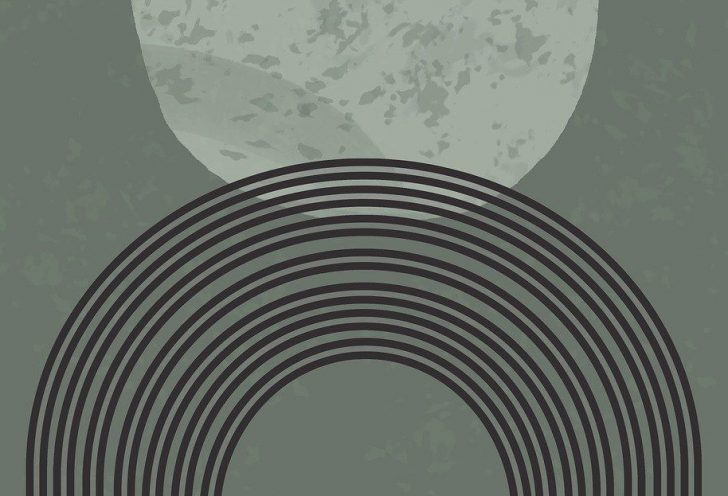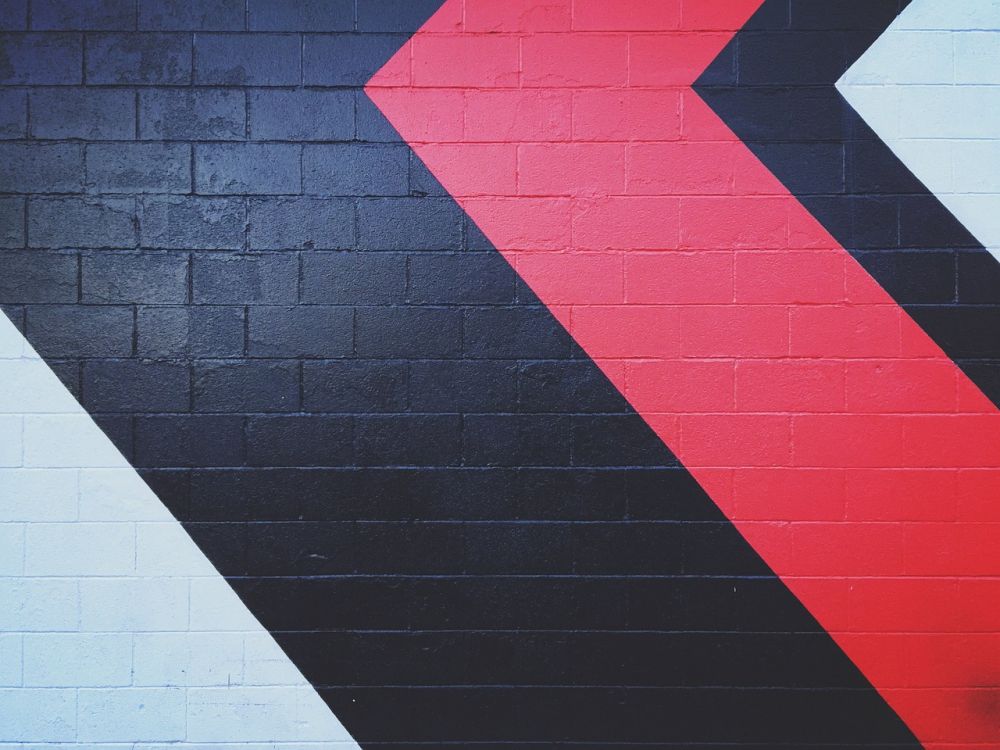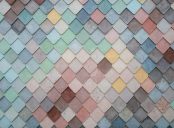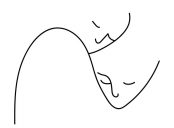Material Design: En Djupdykning i Det Visuella Språket för Digitala Produkter

Introduction:
Material Design has become a leading design philosophy for digital products, revolutionizing the way we perceive and interact with user interfaces. In this comprehensive article, we will provide a detailed overview of Material Design, its different types and its popularity. Additionally, we will explore quantitative measurements, discuss the distinctions between various Material Design implementations, and examine the historical advantages and disadvantages. By structuring the text strategically, we aim to increase the likelihood of appearing as a prominent snippet in Google search results.
I. Material Design: A Comprehensive Overview

Material Design, developed by Google, is a design language that aims to create a unified visual experience across different platforms and devices. It emphasizes the use of realistic motion, responsive animations, and intuitive interactions. By employing a set of guidelines and principles, Material Design provides designers and developers with a framework for creating visually appealing and user-friendly interfaces.
II. An In-depth Presentation of Material Design
a) Types of Material Design:
– Material Design for web: This implementation focuses on designing web interfaces and applications, ensuring a consistent experience across browsers.
– Material Design for mobile: Tailored for mobile devices, this type of Material Design optimizes interactions for touchscreens and small screens.
– Material Design for wearables: With an emphasis on simplicity and glanceable information, this variant of Material Design caters to smartwatches and other wearable devices.
– Material Design for desktop: Developed specifically for desktop applications, this type takes advantage of larger screens and increased processing power.
b) Popular Material Design Frameworks and Libraries:
– Material-UI: An open-source framework for building React components that adhere to Material Design guidelines.
– Vuetify: A Vue.js framework with pre-made components and icons following Material Design principles.
– MDBootstrap: A comprehensive Bootstrap framework aligned with Material Design principles.
– Materialize: A CSS framework that brings Material Design aesthetics to web projects.
III. Quantitative Measurements of Material Design
Measuring the impact and effectiveness of Material Design can be done through various metrics. User engagement metrics, such as time spent on a website or app, can indicate the success of implementing Material Design principles. Conversion rates, bounce rates, and user feedback are also valuable measurements to assess the user experience. Additionally, A/B testing can help determine the effectiveness of different design elements in improving user interactions and satisfaction.
IV. Differentiating Material Design Implementations
While Material Design encompasses a broad set of guidelines, individual implementations can still differ based on various factors such as brand identity, target audience, and platform constraints. Customization and theming options allow companies and designers to incorporate their unique style while adhering to Material Design principles. This flexibility ensures a cohesive but visually distinctive experience for users across different applications.
V. Historical Overview of the Advantages and Disadvantages of Material Design
Advantages:
– Consistent visual language: Material Design enables users to navigate familiar interfaces with consistent visuals across platforms and devices.
– Intuitive interactions: The design language prioritizes simplicity and clarity, making it easier for users to understand and interact with digital products.
– Responsive animations: Realistic and context-aware animations provide an enhanced user experience, improving engagement and delighting users.
Disadvantages:
– Lack of differentiation: Some critics argue that strict adherence to Material Design guidelines may result in a loss of brand identity or uniqueness.
– Steeper learning curve: Mastering Material Design principles and implementing them effectively can be challenging for designers who are new to the framework.
– Limited flexibility: Stricter adherence to Material Design guidelines may limit creativity and customization options for designers.
Conclusion:
Material Design has established itself as a powerful design language, providing a visually appealing and user-friendly experience across digital platforms. By understanding the various types, implementation differences, and historical advantages and disadvantages, designers and developers can leverage Material Design to create compelling and engaging user interfaces. Whether it’s building websites, mobile apps, wearables, or desktop applications, Material Design offers a versatile framework for creating visually stunning and intuitive digital products.
[Word count: 531]
Illustrative Video on Material Design Implementation





















